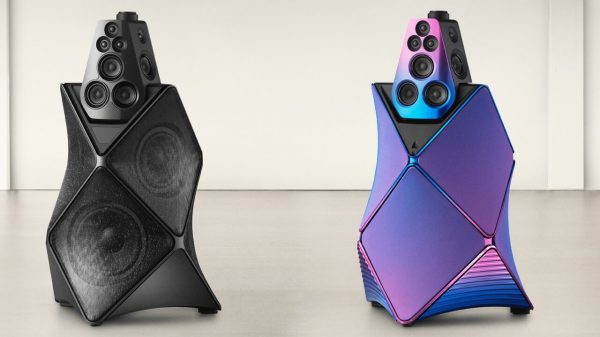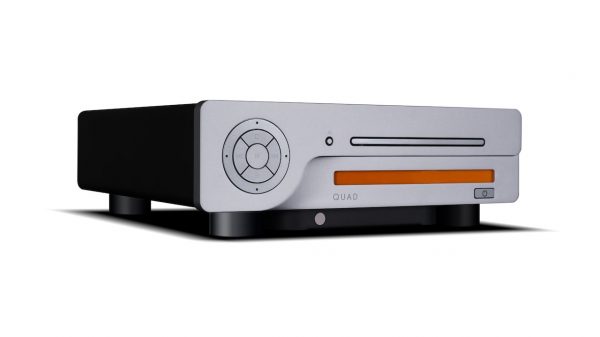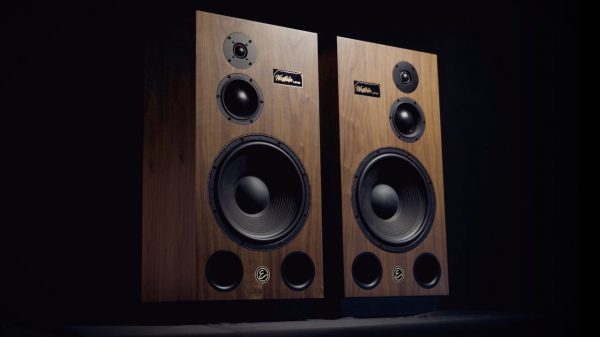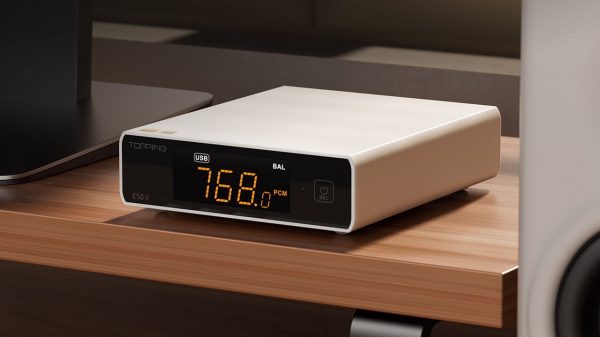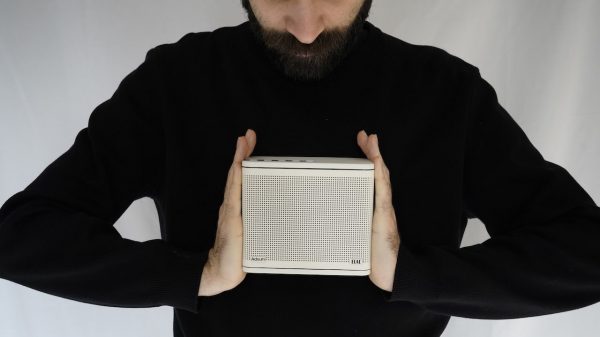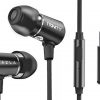In February 2009, ABI Research found that dual-mode cellular/Wi-Fi handset shipments were set to double between 2008 and 2010. With the latter date fast approaching, ABI Research analysts have confirmed that a similar pattern will hold true — or even accelerate — for the period 2009-2011. This year is on track to see 144 million handsets shipped, with forecasts for 2011 at just over 300 million.
“Wi-Fi’s penetration into handsets has more momentum than the bad economy,” says industry analyst Michael Morgan. “It has become a must-have item much as Bluetooth did earlier. But just having Wi-Fi in the handset isn’t enough. You have to have a reason for customers to use it. Until now it has been predominantly for data use, with voice struggling to find its niche.”
However mobile operators’ attitudes to Wi-Fi have been changing. At first many feared that Wi-Fi would take traffic off their networks, resulting in lost revenue. Now they’re starting to realize that it may instead mean an increase in available network capacity.
How operators view Wi-Fi is largely a function of their particular circumstances, says Morgan. “Verizon has not enthusiastically embraced Wi-Fi in its handsets, while AT&T has. AT&T was thrown into the pool by the iPhone. Previously people did access data, but the iPhone led people to use Wi-Fi to a degree never seen before. Traditionally cautious Verizon hasn’t been thrown into that situation yet, but they are warming up to Wi-Fi.”
Wi-Fi’s benefits depend on a carrier’s circumstances too. Consider T-Mobile: a wireless carrier that owns no landline assets. It used Wi-Fi (via ‘Hotspot at Home’ access points) to deliver an improved in-home service that it couldn’t achieve before. In contrast, AT&T does have landline assets. Here Wi-Fi’s benefit is to take a load off AT&T’s cellular network.
“The picture may be unique to each carrier,” Morgan concludes, “but in the end Wi-Fi can offer most operators those two key benefits: extended reach and/or network load reduction.”
ABI Research’s Wi-Fi Capable Handsets examines the market opportunities and provides forecasts for Wi-Fi from a handset-based perspective, focusing on drivers, barriers, and competing technologies.
ABI Research provides in-depth analysis and quantitative forecasting of emerging trends in global connectivity. From offices in North America, Europe and Asia, ABI Research’s worldwide team of experts advise thousands of decision makers through 25 research and advisory services. Est. 1990.

